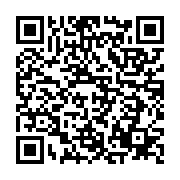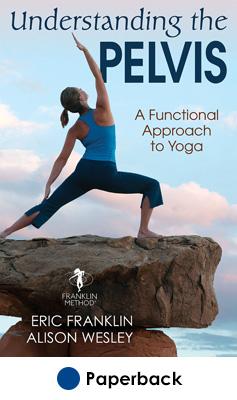The book delves into the art of cueing and mental imagery, two tools that are critical to both instructors and practitioners. “A teacher can make an enormous difference in the progress of students if he or she understands how cueing works best,” Franklin says. “To provide anatomical cues, it’s not enough to understand the location and names of structures; you also need to understand their function.”
Through this book, teachers will be able to provide more anatomically accurate cues, and they will learn to use mental imagery effectively to inform movement. “Imagery activates brain areas that overlap with the areas activated during the physical execution of the movement,” Franklin says. “Imagery has a training effect on the brain, just as movement does on the body.” It is the marriage of correct anatomical functioning and the practice of mental imagery that makes the Franklin Method so powerful.
Through this book, teachers will be able to provide more anatomically accurate cues, and they will learn to use mental imagery effectively to inform movement. “Imagery activates brain areas that overlap with the areas activated during the physical execution of the movement,” Franklin says. “Imagery has a training effect on the brain, just as movement does on the body.” It is the marriage of correct anatomical functioning and the practice of mental imagery that makes the Franklin Method so powerful.





